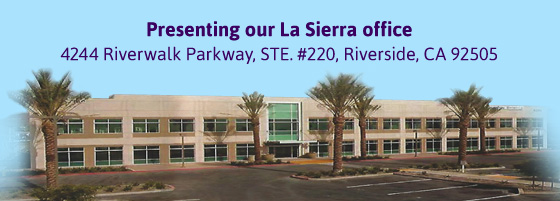Myopathies
What are myopathies?
The prospect of a muscle disease is worrisome to many people because they are afraid of becoming immobile. Yet in many cases, treatment exists for myopathy (muscle disease). Proper diagnosis and therapy increase the chances of living life fully in spite of myopathy.
Myopathy is the medical term for muscle disease. There are many causes of muscle disease, such as infection, muscle injury due to medications, inherited diseases affecting muscle function, disorders of electrolyte levels, and thyroid disease. Some of these disorders, such as polymyositis, dermatomyositis and inclusion body myositis, develop when the immune system attacks muscles. This inflammation damages muscle tissue and makes them weak.
Patients with myopathy develop weakness in the large muscles around the neck, shoulders and hips. This causes difficulty in climbing stairs, getting up from a chair or toilet seat, or reaching for objects overhead. Most patients have little if any pain in their muscles, which distinguishes them from patients with other forms of muscle disease, from those who have joint pain due to arthritis, and from those with numbness or tingling in their hands and feet due to neurological problems. Many patients with other conditions complain of weakness, but when questioned closely, they really mean that they are tired, short of breath or depressed rather than suffering from true muscle weakness.
Some patients with myopathy develop weakness of throat muscles involved in swallowing, and this may cause choking or aspiration (intake) of food into the lungs when eating. Others may experience shortness of breath and cough due to inflammation of the lungs.
Polymyositis is an inflammation of the muscle tissue that leads to weakness. Dermatomyositis is characterized by immune inflammation of muscles as well as by the presence of a rash. This rash, which appears as a purple or red discoloration of the upper eyelids, is present in almost all children with inflammatory myopathy. Scaly red lesions over the back of the fingers at the knuckles or over the elbows or knees may also occur. Occasionally patients can develop the rash with no evidence of muscle disease, a condition which is known as “amyopathic dermatomyositis.” People with Dermatomyositis may also have lung inflammation (pneumonitis), and children may have an inflammation of the blood vessels (vasculitis) and calcium deposits in the skin referred to as calcinosis.
Who gets myopathies?
The inflammatory myopathies are rare diseases. Polymyositis and dermatomyositis occur in approximately 1 person per 100,000. All age groups are affected with peak incidence between the ages of 5 and 10 in children, and between 40 and 50 in adults. Women are affected about twice as often as men. All ethnic groups are affected. It is not possible to predict who will develop an inflammatory myopathy.
Inclusion body myositis is also a very rare disease, but differs from the other inflammatory myopathies in that men are affected more commonly than women, and the patients tend to be older.
What causes myopathies?
It is not known what causes the idiopathic inflammatory myopathies. A leading theory is that abnormalities in the body's immune system may lead to the development of inflammation and subsequent damage to muscle cells or the blood vessels that are in the muscle.
Points to remember
Myopathy almost always causes loss of muscle strength. Some
patients develop rashes or breathing problems. While the
myopathies cannot be cured, most can be effectively treated.
Early diagnosis and adherence to the treatment plan are
important.
 Riverside6180 Brockton Avenue, Riverside, CA 92506
Riverside6180 Brockton Avenue, Riverside, CA 92506 La Sierra4244 Riverwalk Parkway, Riverside, CA 92505
La Sierra4244 Riverwalk Parkway, Riverside, CA 92505





